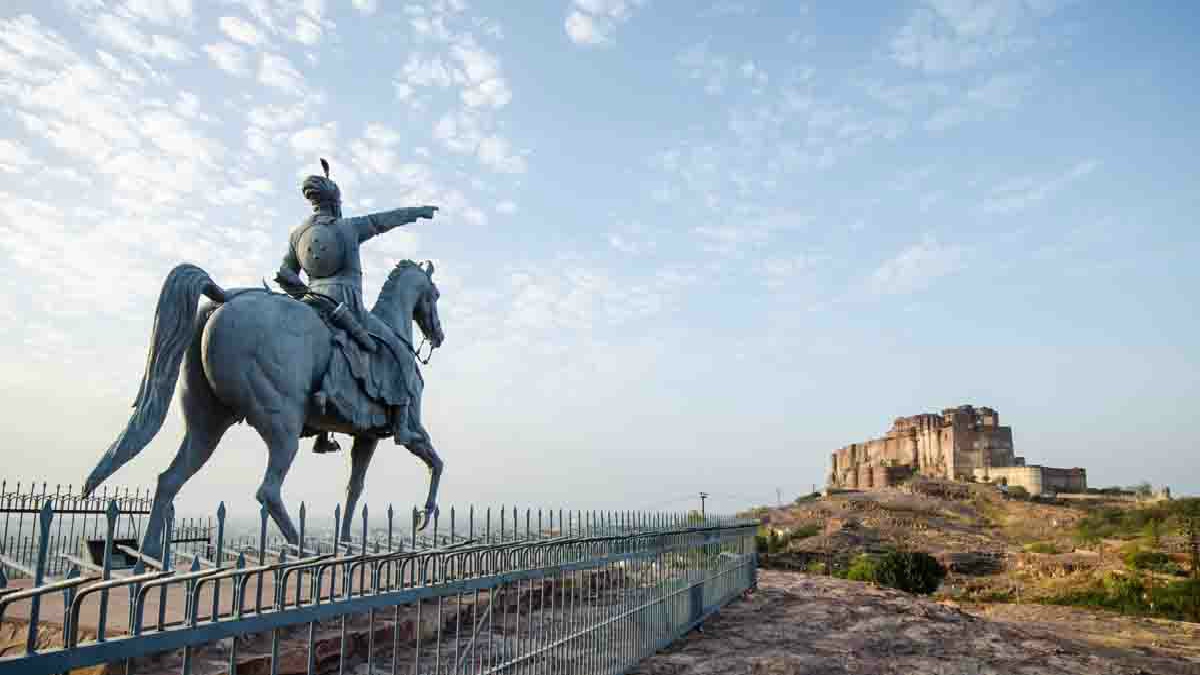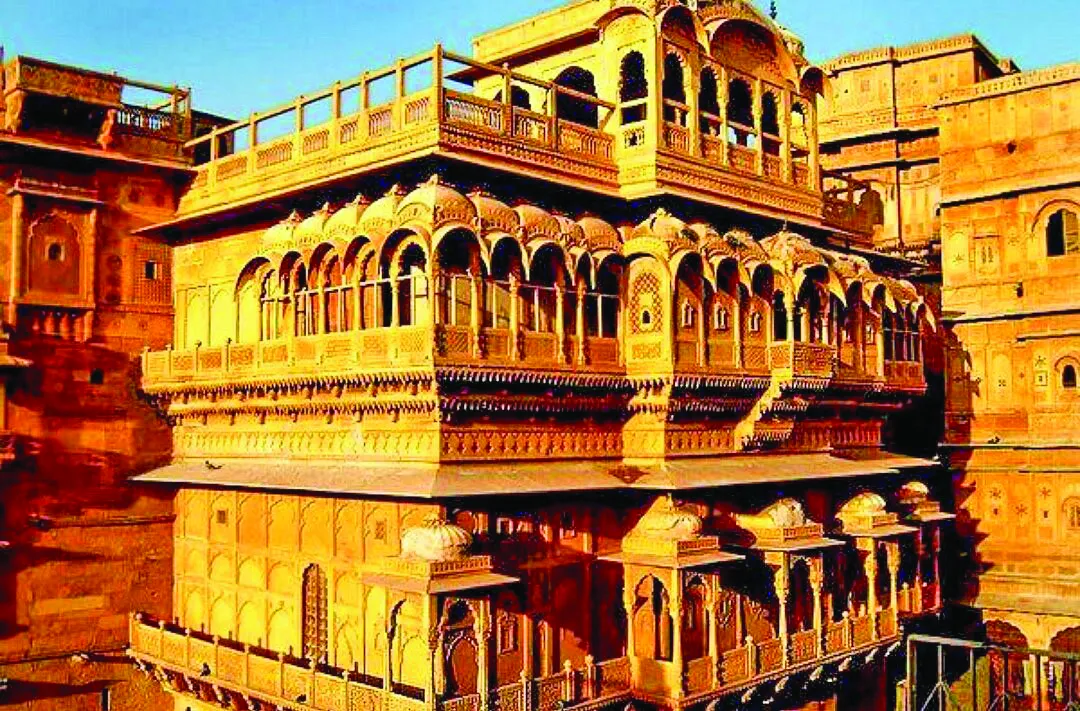India’s glorious histories are interwoven by the timeless heroic sagas of its warrior scions—the Kshatriyas. The ever-inspiring traditions of virtue, sacrifice and loyalty run deep within the Kshatriya veins, and infuse every forthcoming generation with their unique resplendence. Endless inheritors have smeared their valiant Kshatriya legacy on gleaming swords and bled tears, sweat and blood to reap their motherlands.
Amongst the Suryavanshi branch of Kshatriyas, one clan of Rajputs is believed to have originated out of Lord Indra’s ratha or spine. The Rashtrakutas, as this dynasty was more popularly known, had ruled over Kannauj for several generations before one of its princes, Rao Siha ushered a westward shift of his locus. During the late thirteenth century CE, Rao Siha conquered Pali to establish the bravest dynasty that would nurture the arid desert sands of Marwar. And thus, the Rathore dynasty was born.
The Rathores are known to be descendants of the mighty Rashtrakutas, who prevailed as medieval vanquishers in central and southern India. Ongoing historical strife revolves around the origin of Rao Sahaji, which oscillates between the 160 kilometre-wide see-saw of Badayun and Kannauj in present day Uttar Pradesh. For now it would be safe to say that Rao Sihaji’s offensive on Pali hailed from Uttar Pradesh. His famed annexation of Pali is known to have resulted out of an open invitation to him from the Paliwal Brahmins of the region. He was attending a holy pilgrimage in Dwarka, from where he detoured to shield the obliged priestly caste. It was during this visit of his that Rao Sihaji’s prudence led him to seize what would be the new capital for his dynasty.
Colonel James Todd, Munhot Nainsi, Jodhpur’s historical archives and diverse annals across Marwar praise the brave Rathore founder, who continued to reinforce his kingdom until he met his waterloo fourteen miles North-West of Pali in Beethu at the majestic age of 80. A stone inscription found in the vicinity of this area testifies this account adjacently to the sati of his queen, Rani Parvati Devi of the Solanki clan.
Every breeze that winds past the ombré folds of the Thar reverberates Rathori greatness, and the distinct embellishments of conquests that they brought upon their land. Twelve generations later, Rao Jodhaji carried forth his dynastic surge westwards towards Marwar, and his legacy continues to thrive in the form of Jodha Rathores all over the world. True to his name, he was the founding father of Jodhpur, the Rathore headquarters that succeeded Mandore. The majestic Mehrangarh fort was also manifested out of his vision, and continues to stand tall as Jodhpur’s timeless sentry. There is no dearth of Rao Jodhaji’s myriad glories, but the vindication of his father’s murder remains a rather intriguing, albeit lesser known story.
Rao Jodha’s father Rao Rinmalji was murdered by a conspiracy spearheaded by his misguided nephew, Rana Kumbha. When Rao Rinmalji caught a hint of his nephew getting roped into these conspiracies, he issued a warning to his Rathore scions: “Nowadays people are unlawfully soliciting Rana Kumbha against us. Since his relative lack of experience increases his gullibility, I must warn you against concurring to any invitation that I make on his behalf.”
Their father’s prediction turned out to be true. Rana Kumbha summoned their presence several times, but the alerted Rathore brethren resisted his orders. Upon receiving their deliberate refusal on more than one occasion, Rana Kumbha’s conspirers suspected Rao Rinmalji and murdered him while he was asleep in his chambers on a cold winter night. But even when the brave head of Rathores was tied up on his charpoy and ruthlessly attacked, the warrior stood up in unison with the wooden frame to slay four assassins before succumbing to his wounds.
After succeeding his father who had departed well ahead of his time, Rao Jodha thirsted to vindicate his assassination. He pierced the Aravallis and hurled at Chittorgarh and realised at one point that his army lacked a substantial cavalry force. But it was impossible for a dearth of horses to cower the mighty Rathore warrior, who resorted to carrying much of his army on bullock carts. This unusual sight of the undaunted Rathore advance caused the Rana’s army to flee. Rao Jodha and his brave men surrounded Chittorgarh from all sides, set fire to its gates and prostrated at the door of the fated chamber in which his late father was deceived.
It is only in recent times that the more intricately documented annals of Rathore history are being explored and translated into English. My upcoming authorial project is a humble initiative in this direction and is likely to make its debut appearance sometime in 2021.
The writer is an author, blogger and editor-in-chief of Rajputana Collective.























